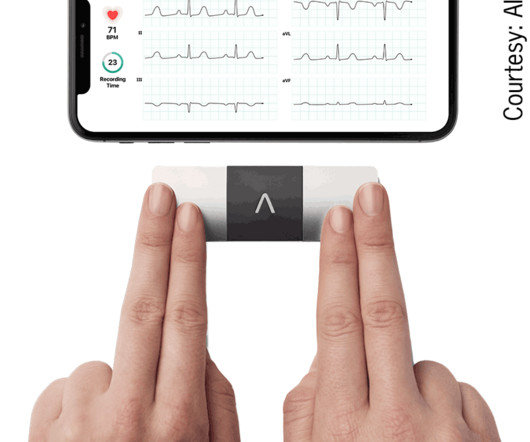ECG Video Blog #403 (220) — Ps,Qs,3Rs Approach to this Tachycardia.
Ken Grauer, MD
NOVEMBER 10, 2023
== — CLICK HERE — for a V ideo presentation of this case! Below are slides used in my video presentation. For full discussion of this case — See ECG Blog #220 — == The long lead II rhythm strip shown in Figure-1 was obtained from an 51-year-old man who presented to the ED ( Emergency Department ) with "palpitations" that began 1 hour earlier. HOW would you interpret this tracing?































Let's personalize your content